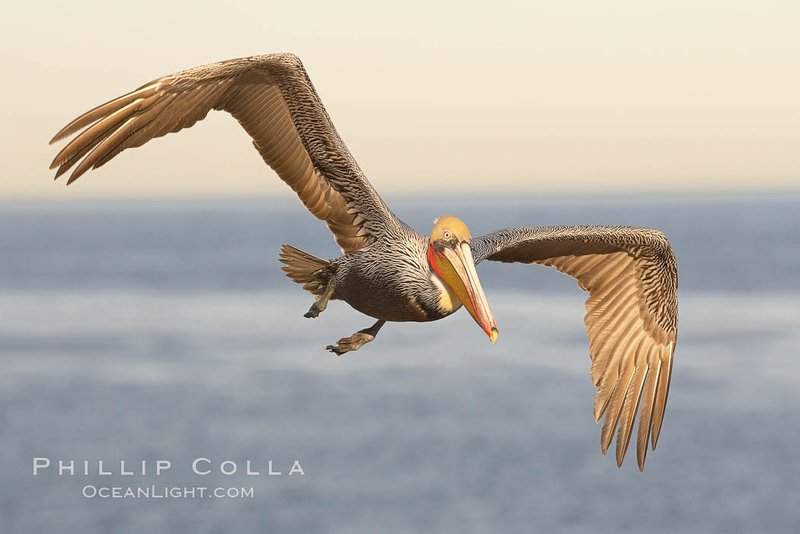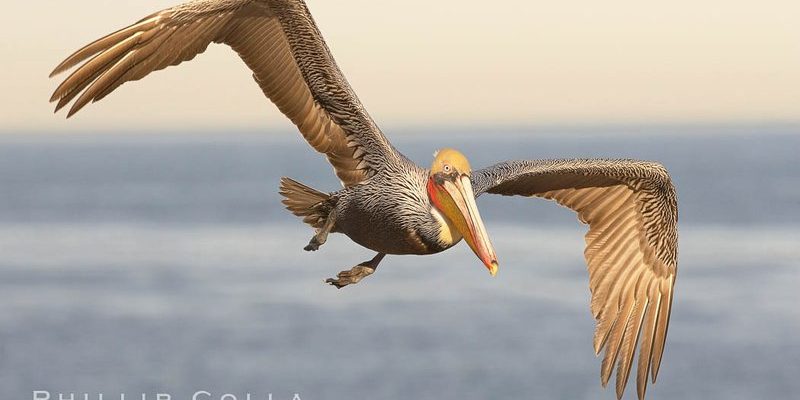
Imagine a world where pelicans, with their distinctive silhouettes, no longer grace our shores. It’s a bit like imagining a sunset without colors—just not quite right. Let’s delve into the current status of pelicans, exploring their habitat, the threats they face, and the steps we can take to ensure they continue to thrive.
Understanding Pelican Species
Before we tackle whether pelicans are threatened or endangered, it’s important to know the different types of pelicans. There are eight species of pelicans worldwide, including the American White Pelican and the Brown Pelican, each with unique habitats and behaviors.
The Brown Pelican is often seen diving into the ocean from great heights to catch fish. Its population has seen ups and downs, particularly due to environmental changes and hunting in the past. On the other hand, the American White Pelican, which is known for its striking white plumage, prefers lakes and marshes, often feeding in groups—a real team player in the bird world!
You might be wondering how these species manage in their specific environments. The answer lies in their adaptability, but adaptability doesn’t mean they’re invincible. Changes in their habitats can make survival challenging, and that’s where our conversation about threats comes in.
Pelican Population Status
Pelican populations fluctuate due to several factors, including habitat loss, climate change, and pollution. While some species, like the Brown Pelican, have bounced back from the brink of extinction thanks to conservation efforts, others still struggle to maintain healthy numbers.
For example, the Brown Pelican was listed as endangered in the 1970s due to pesticide use that wiped out their eggs. However, after regulations were put in place, their numbers began to recover, and they were removed from the endangered list. It’s a success story, but it also highlights how fragile these birds can be.
On the flip side, the California Pelican is still listed as endangered, with threats from habitat degradation and food scarcity. The balance is delicate, and every little change in their environment can tip the scale.
Major Threats Facing Pelicans
Pelicans face numerous threats that impact their populations. Here are some of the most significant:
- Habitat Loss: Urban development, agriculture, and pollution contribute to the loss of nesting and feeding habitats.
- Climate Change: Rising sea levels and changing weather patterns affect their breeding grounds and food supply.
- Fishing Practices: Overfishing can deplete the fish stocks that pelicans rely on for food.
- Contaminants: Pesticides and plastic pollution can harm pelicans, affecting their reproduction and health.
Let’s break these down a bit. Habitat loss means pelicans have fewer places to nest and feed. Climate change brings unpredictable weather, making it hard for them to find food. Fishing practices that don’t consider the ecosystem can lead to fish shortages. Finally, contaminants from human activity can directly harm these birds, leading to health issues and decreased reproduction.
Conservation Efforts in Place
Fortunately, there are many conservation programs aimed at helping pelican populations recover. Organizations and governments are working together to create a safer environment for these birds. Here are a few examples of successful initiatives:
– Protected Areas: Establishing wildlife refuges offers pelicans secure nesting sites away from human disturbances. These areas allow pelicans to thrive, especially during breeding seasons.
– Awareness Campaigns: Educating the public about plastic pollution helps reduce litter in habitats where pelicans live. When communities understand the impact of trash, they’re more likely to take action.
– Restoration Projects: Efforts to restore marshlands and coastal areas help revitalize ecosystems that are key for pelican feeding and nesting.
Together, these actions create a stronger safety net for pelicans. But there’s always more that can be done, from community engagement to policy changes that protect natural habitats.
How You Can Help Pelicans
You might think, “What can I do? I’m just one person.” But every little action counts! Here are some simple ways you can help pelicans and other wildlife:
- Reduce Plastic Use: Carry reusable bags, bottles, and containers to decrease plastic waste that can end up in waterways.
- Participate in Cleanups: Join local efforts to clean rivers, beaches, and wetlands. Cleaning our shared spaces can significantly improve pelican habitats.
- Spread Awareness: Share information about pelican conservation with friends and family to raise awareness about the challenges they face.
Even small changes in personal habits can add up. Every action you take contributes to a healthier ecosystem, and that’s something we can all feel good about.
The Future of Pelicans
The future for pelicans is uncertain, but hope is not lost. With ongoing conservation efforts, community involvement, and a commitment to sustainability, we can help ensure these birds continue to soar through our skies. It won’t happen overnight, but every step forward is a move toward a better world for wildlife.
As we’ve seen, pelicans are not just thriving in their habitats; they are a part of our ecosystem that needs our care and attention. By understanding the challenges they face, we can play a role in their recovery and long-term survival.
So, let’s keep our eyes peeled for these incredible birds and do our part in protecting their world. After all, every time we spot a pelican gliding above the water, it’s a reminder of the beauty worth saving.

